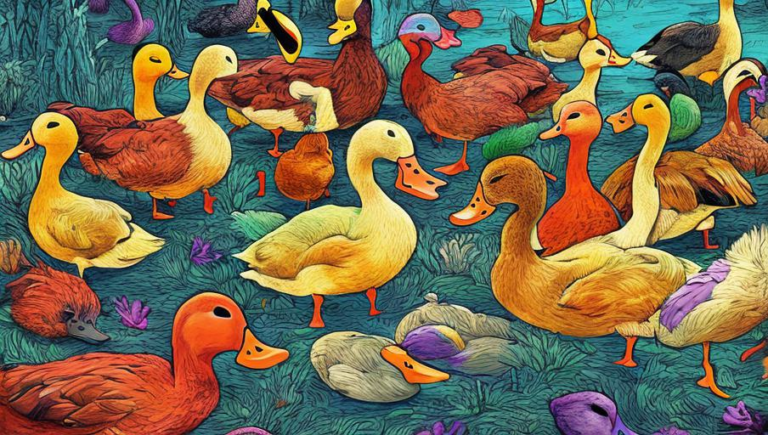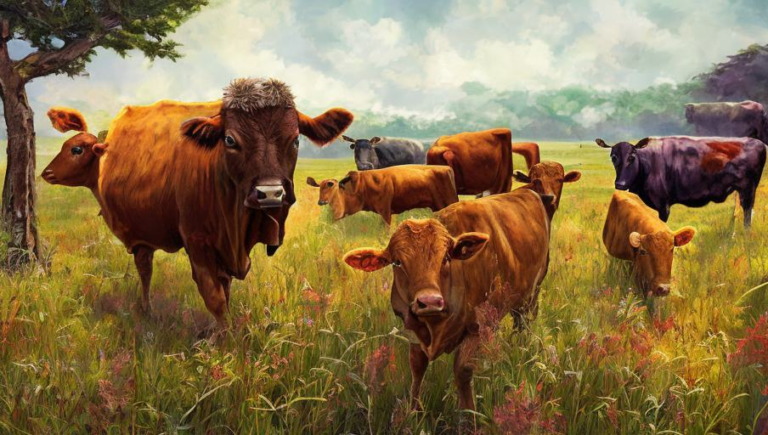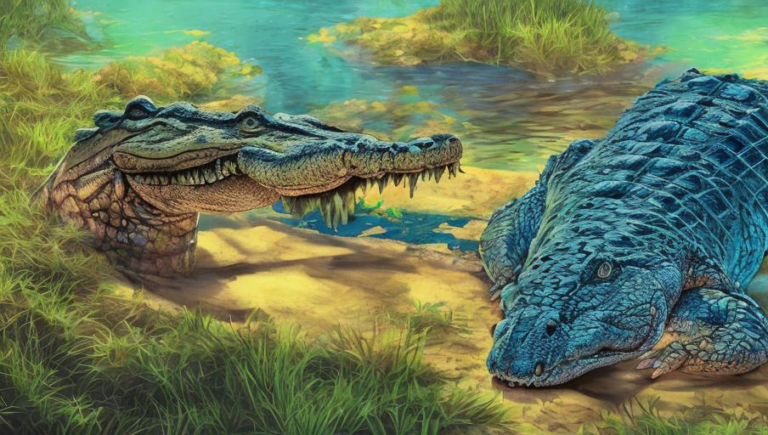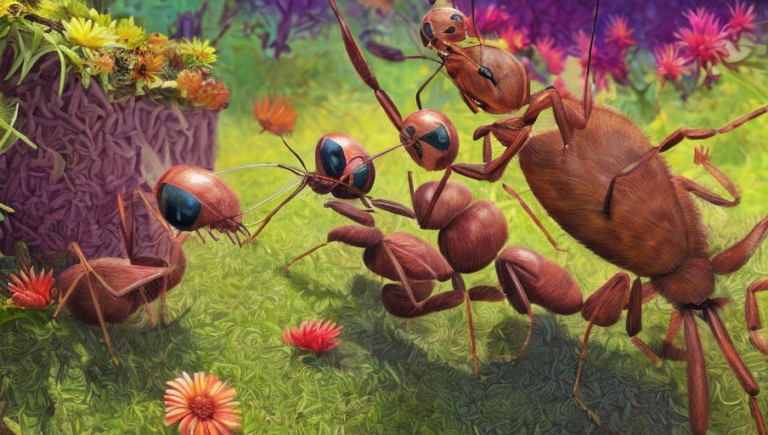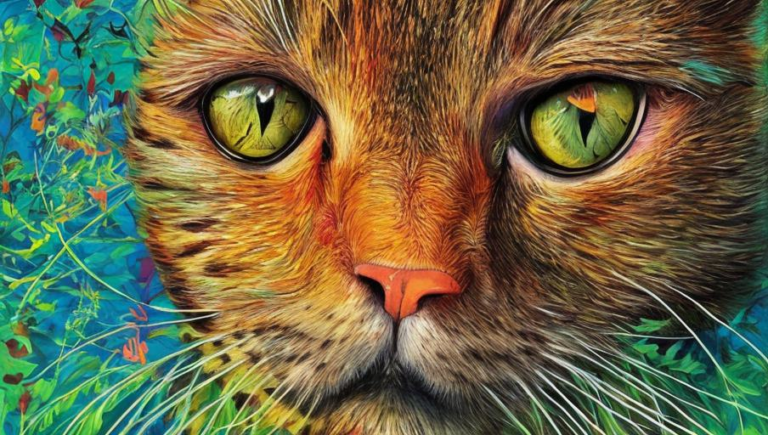The Anatomy of Albatrosses
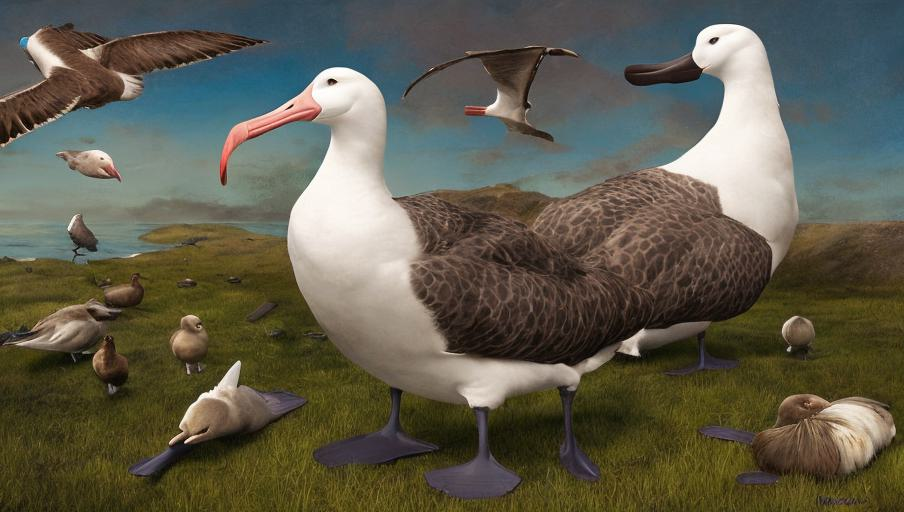
Introduction
Albatrosses are some of the most iconic and recognizable seabirds in the world. Flying across vast oceans, these birds are an integral part of the natural ecosystem and have inspired generations of poets, authors, and artists.
The Anatomy of Albatrosses
Albatrosses have a distinct anatomy that is designed to make them as efficient as possible in the air. They have large wingspans, reaching up to 12 feet, and their feathers are adapted to create as little drag as possible when in flight. Their bodies are also very light, with some species weighing as little as 10 pounds. Albatrosses also have long, pointed beaks, which help them to snatch up prey from the ocean’s surface.
Feet and Legs
Albatrosses have webbed feet and long, slender legs that are perfect for walking on the ocean’s surface. They use these webbed feet to help them move quickly through the water and to capture prey. The feet are also adapted to provide grip and stability when the bird is resting on the surface.
Bills and Tongues
Albatrosses have long and pointed bills that help them to catch their food. Their tongues are also adapted in such a way that they can quickly and easily catch small fish and other prey. These bills and tongues are also adapted to help the birds catch food in the air and on the surface.
Eyes and Ears
Albatrosses have incredible eyesight, which helps them to spot prey from a great distance. They also have very keen hearing and can pick up sounds from up to two miles away. These senses help them to stay alert and spot prey quickly.
Migratory Habits
Albatrosses are some of the world’s greatest migrators, often flying thousands of miles in search of food. They have been known to fly as far as 11,000 miles in a single journey. These amazing birds can go for months without touching land, getting their nourishment from the ocean.
Conclusion
Albatrosses are remarkable creatures that have adapted to survive in some of the most extreme environments in the world. They have adapted their body and behavior to become one of the most efficient flyers in the animal kingdom. These remarkable birds are an integral part of the ocean’s ecosystem and deserve our protection.

